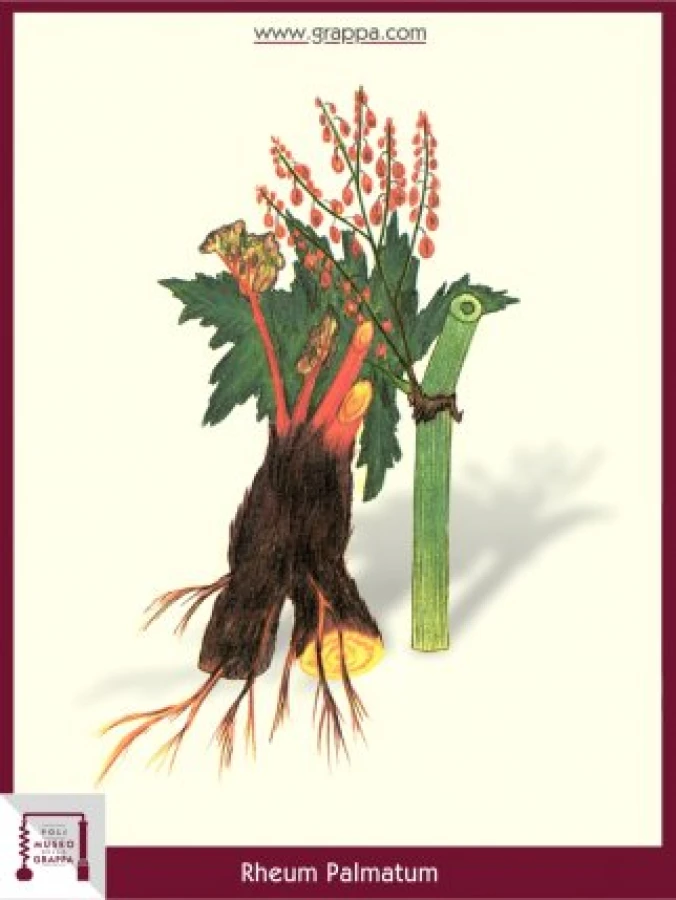A rhubarb
Chinese Rhubarb, Rhubarb Root
A rhubarb
Plant:
Chinese Rhubarb, Rhubarb Root
Plant Part:
root
Plant Properties:
aromatic, astringent, digestive, anti-inflammatory, hypotensive, purifying, stomachic expectorant, tonic, eupeptic, laxative, bitter, gall producer , refreshing, bittering, antitumoral, choleretic, purgative, antimycotic
Description:
Already three centuries before Christ, the root of rhubarb was used in China, a medicine which had become quite famous since the first import of Oriental spices in Europe.
Marco Polo described it as an important remedy which was extensively cultivated and collected in the regions of Tibet and Tangurh, as it was the subject of extensive export.
The rheum palmatum (Chinese rhubarb) was and is still today a spice, which belongs to all the medicines of the world and was an almost irreplaceable remedy for pharmacists and physicians.
In addition to digestive, purifying and
Laxative properties it is also a choleretic agent and promotes biliary secretion.
Not forgetting the important role of the Chinese rhubarb in the field of the liqueur production.
Ingredients:
- 1 liter Grappa
- 50 g of rhubarb root
- 400 g of sugar
- 10 g of bitter orange peel
- 3 g star anise
- 1 g aloe
- 2 g of vanilla
- 2 g of cinnamon
Preparation:
A good Grappa made from rhubarb is produced in the following way:
50 g of root are placed with 400 g of already dissolved sugar, 10 g of bitter orange peel, 3 g of anise, 1 g of aloe, 2 g of vanilla and 2 g of cinnamon in a liter of Grappa for 10 days.
After filtration, the mixture is ripened for 1 month.
The taste will undoubtedly be reminiscent of rhubarb, and the grappa will have a marked digestive action.


